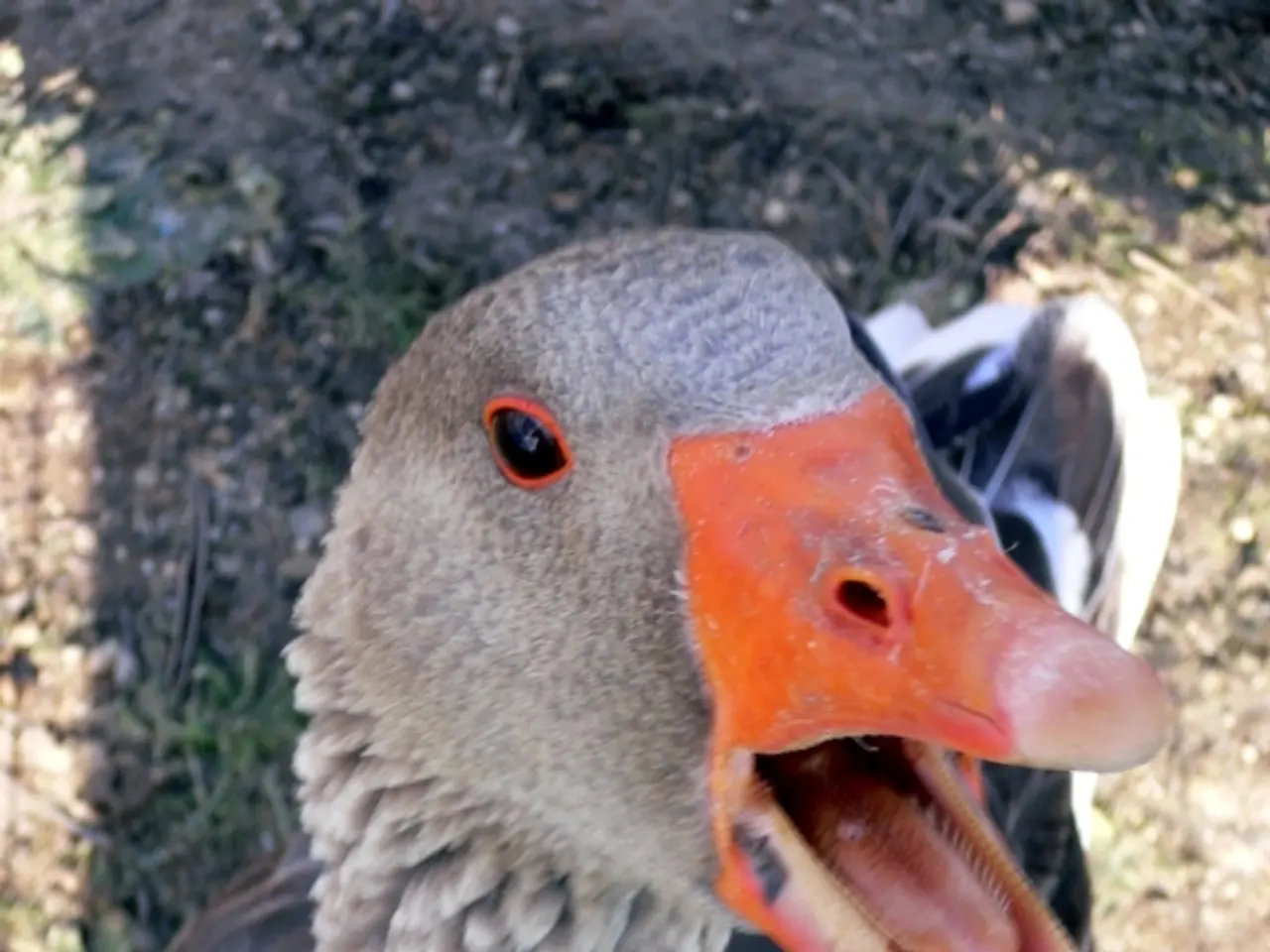Symptoms, stages, prognosis, and additional information about cancer in the bile ducts
Bile duct cancer, also known as cholangiocarcinoma, is a challenging disease to detect early due to its lack of obvious symptoms. The cancer typically does not show warning signs until a tumor has blocked a bile duct, often making the disease advanced by the time it is discovered.
In its early stages, bile duct cancer may present with subtle symptoms such as mild abdominal pain or discomfort (upper right side), unexplained weight loss, loss of appetite, and mild fatigue. However, these symptoms are often vague and easily missed. In some cases, early jaundice or itching may appear due to bile duct obstruction, but this can be hard to detect, especially in darker skin tones.
As the cancer progresses, symptoms become more pronounced. In the intermediate stage, increasing jaundice (yellowing skin and eyes), dark urine, pale stools, more persistent abdominal pain, weakness, and fatigue are common. In the advanced stage, when the cancer has spread beyond the bile duct, symptoms include severe jaundice, intense itching, severe abdominal pain, possible enlargement of the liver or lymph nodes, and systemic symptoms like weakness, anorexia, and cachexia.
Early detection of bile duct cancer is crucial for successful treatment, and various methods are being used to achieve this goal. Imaging tests such as ultrasound, CT, MRI, and newer techniques like Ga-68 FAPI-PET/CT are commonly used, although they are mostly employed when symptoms or advanced disease are already present. Blood tests can help in monitoring and suspicion, with biopsy confirming the diagnosis.
Molecular techniques, such as detecting circulating splice variants of certain genes in blood or bile fluid, hold promise for early detection in the future, though they are still experimental.
Given the subtle and nonspecific nature of early symptoms, regular monitoring of high-risk patients, such as those with primary sclerosing cholangitis, liver disease, or chronic bile duct inflammation, is essential to catch the disease at a treatable stage.
In summary, bile duct cancer detection relies on a combination of imaging and molecular techniques, with novel methods under investigation for earlier diagnosis. Symptoms tend to progress from subtle, nonspecific signs in early stages to obvious jaundice and systemic illness in late stages. If you notice jaundice, yellowing of the eyes and skin, it is essential to consult a doctor, as jaundice can occur due to several different issues that affect the liver.
- Early stages of liver cancer, such as bile duct cancer, may present with symptoms like mild abdominal pain, weight loss, loss of appetite, and fatigue that can easily be missed, underscoring the importance of regular medical checks for individuals at higher risk, such as those with liver disease or chronic bile duct inflammation.
- Science and medical advancements continue to play a crucial role in the early detection of liver cancer, with innovative techniques like Ga-68 FAPI-PET/CT imaging and molecular detection of circulating splice variants showing promising results for the future.




